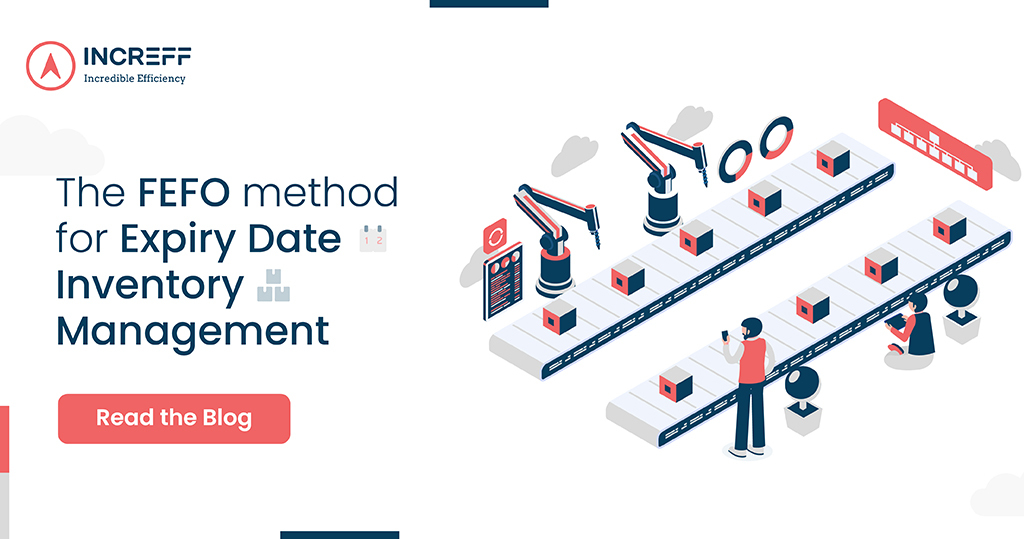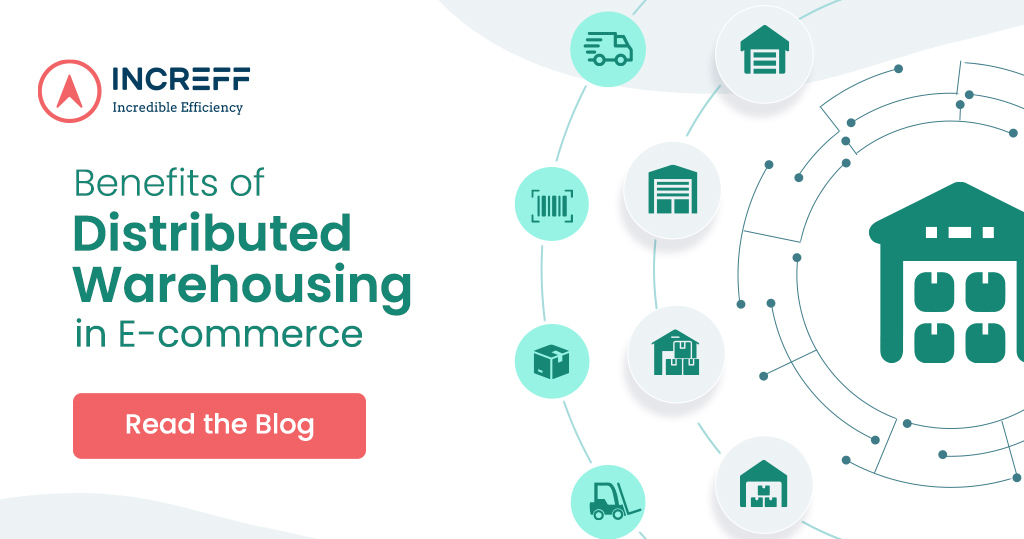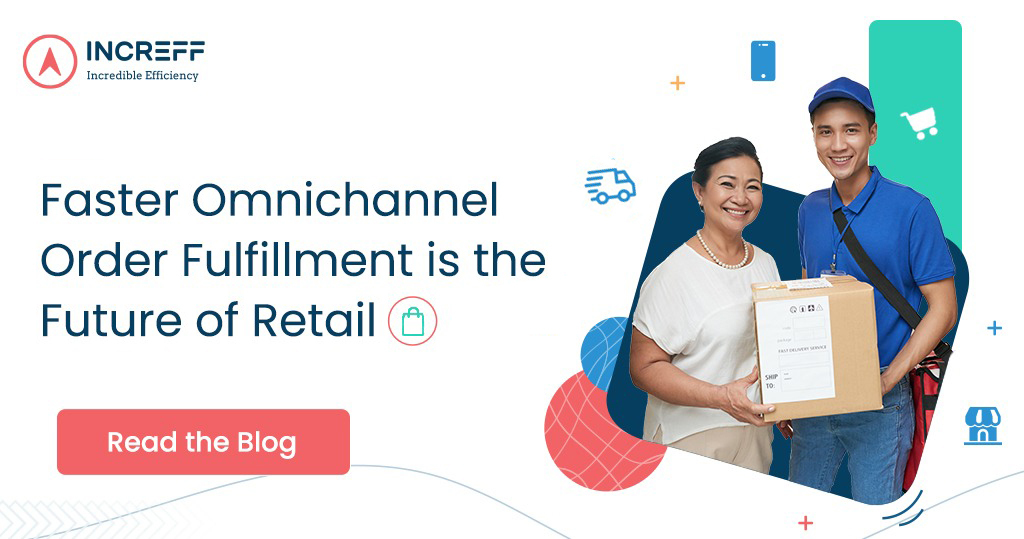Industries that deal in perishable or low shelf-life products such as baby care, cosmetics, personal care, etc. can incur significant losses due to obsolescence or expiry of stock. It is, therefore, crucial for them to assign expiry dates for each batch, and push the near-expiry stock to the stores first. Automated WMS solutions now enable brands to pick as per expiry dates, and set accurate timelines and notifications, alerting them when a particular batch is about to get expired.
What is FEFO?
First Expiry First Out (FEFO) is a variant of the well-known First-In-First-Out (FIFO) method of stock rotation, but with a focus on a product’s expiry date, as opposed to its manufacturing date or date on which it was shelved in the warehouse. Under this technique, the product or batch with the earliest expiration date is pushed to the stores first, to avoid its obsolescence.
FEFO inventory management ensures that each product that is being sold is well within the expiry date, is fresh, and fit for consumption. FEFO also avoids the labour costs and efforts associated with inspection and checking of expiry dates, which could be quite tedious and time-consuming. With WMS tools like Increff WMS, brands can have complete visibility of their stock, and get help in expiry date management without being overwhelmed by any manual effort.
How can barcoding (inventory serialization) improve the supply chain?
Barcoding or inventory serialization makes it highly convenient to manage inventory, and track products in the warehouse and throughout the supply chain. By storing the complete information of a product, a barcode avoids errors and inaccuracies, which could bleed across functions and snowball along the supply chain.
With barcoding, brands can benefit from automatic product identification, recognition, and data implementation. This means hours’ worth of effort is accomplished in a few minutes, significantly boosting the overall productivity and reducing labour costs.
One of the major benefits of barcoding is quality control and avoiding the obsolescence of products. A barcode stores batch numbers and product expiry information, which can be accessed by WMS tools to pick and ship the near-expiry batches first.
FEFO helps reduce inventory wastage
FEFO inventory rotation can improve your profitability and reduce wastage of inventory. By automating the entire process of exposing and shipping out the near-expiry batches first, retailers no longer have to be constantly worried about wastage due to inventory expiry. In the case of industries like food processing or fast-food chains, this method allows using up all the ingredients while they’re still fresh to consume, avoiding wastage and spoilage.
Benefits of FEFO warehouse and inventory software
Businesses get a number of benefits with a simple switch to a FEFO warehouse and inventory software. These have a significant impact on not just the backed processes but also their product marketability and brand reputation.
1) Increased buyer confidence
Most customers check the product expiry dates while making a purchase at a store. Some customers who perceive a product to be too close to the expiration date can drop the idea of purchasing altogether. Product freshness is an important determinant of consumer interest across industries, especially in the case of products with low shelf life.
With FEFO, you can get items off the shelves with the longest possible lead time on the expiration date. Distributors and stores receive the products well in advance of expiration. This gives the end customers a sense of confidence and establishes their faith in the brand, for always offering fresh products.
2) Reduce the number of expired goods
Every retailer wants to ensure they eliminate or minimize the number of unsellable and expired goods on their shelves. With FEFO, they can ensure that their inventory management software picks and ships goods according to the approaching expiry dates. This reduces the risk of having unsellable goods on the shelves and also the piling inventory storage costs. FEFO enables retailers to avoid deadstock, and therefore also the cost of stock expiring on their shelves.
3) Manage physical layout of warehouses
With inventory management focussed on the expiry dates of a package, the warehouse follows a layout that enables faster and more convenient picking of items that are approaching their expiry date, thus streamlining the warehouse inventory management.
4) Streamline the flow of items
It is very important for the warehouse staff to know the expiry dates of products and have an estimate of how long all the processes take on the floor. This ensures the items flow in a smooth way and the best results are guaranteed.
FEFO warehouse and inventory software automate your picking, packing, and shipping by keeping the expiry date at the very center of inventory management. This offers significant benefits in terms of streamlining your backend processes, enhancing your brand value, and boosting customer satisfaction.




